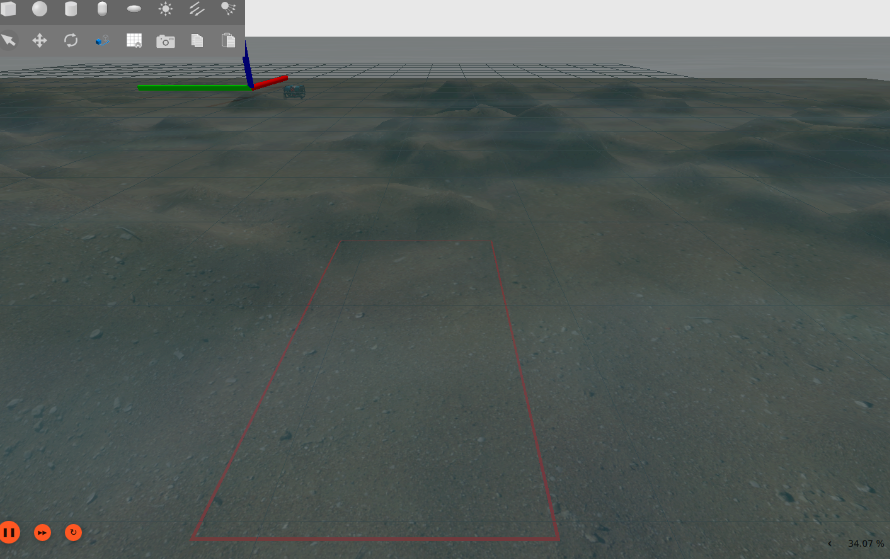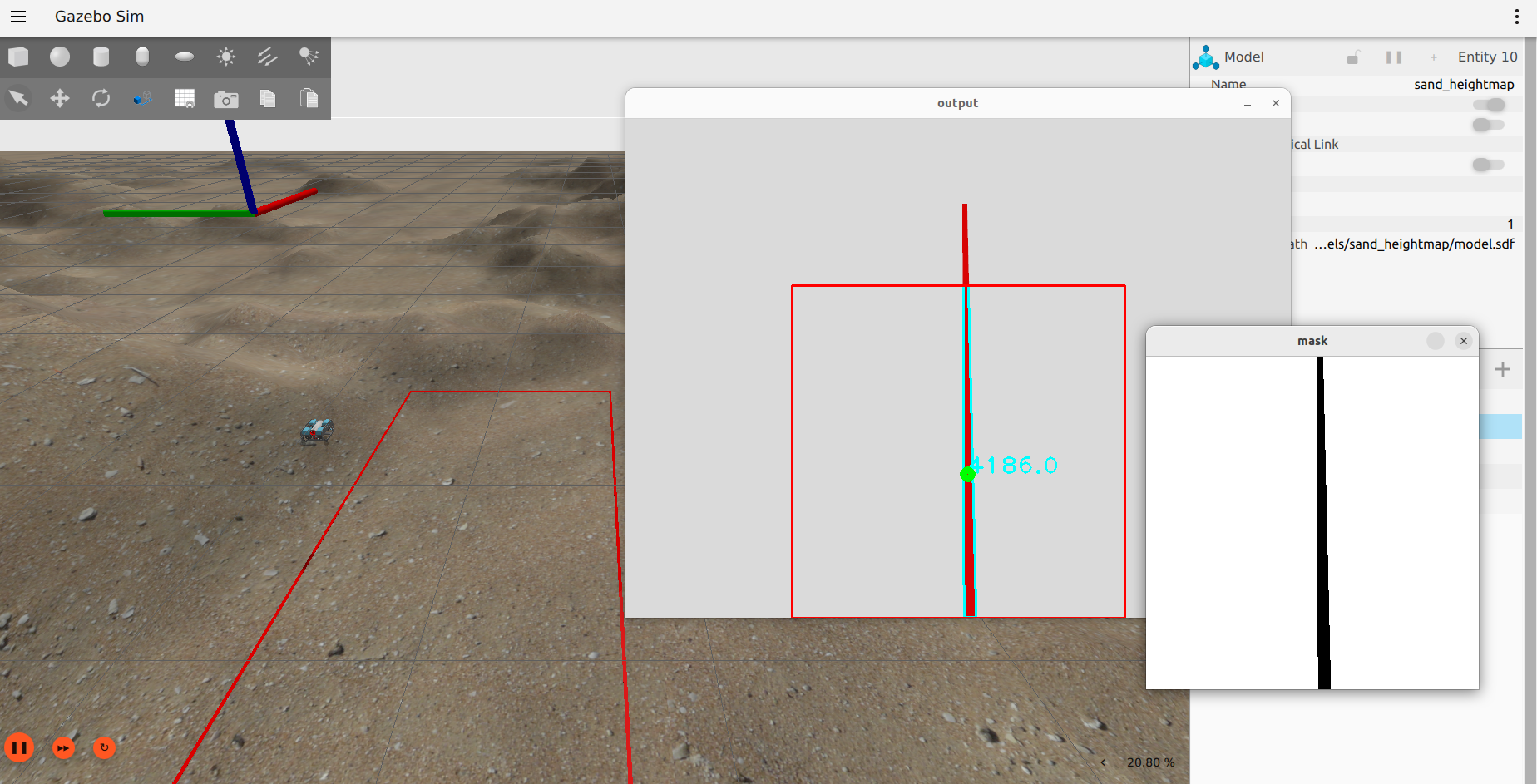This repository was cloned from Clyde Mcqueen's Orca4. Changes have been made in multiple directories/packages by Felix Q. Bueno IV ([email protected]) and James Adrian V. Perez ([email protected]) for their research entitled Integration of ROS2 and Gazebo for Underwater ROV Control at the Computer Vision and Machine Intelligence Lab (CVMIL) at the University of the Philippines - Diliman. Their research has modified the Gazebo simulation environment as well as added another AUV Mission which is the Line-following mission. The Line-following mission was implemented by using a PID Controller and a Fuzzy PID Controller.
Specifically, files have been added and changes have been made to the following packages:
Orca4 is a set of ROS2 packages that provide basic AUV (Autonomous Underwater Vehicle) functionality for the BlueRobotics BlueROV2.
Orca4 uses ArduSub as the flight controller and mavros as the GCS.
Orca4 runs in Gazebo Garden using the standard buoyancy, hydrodynamics and thruster plugins. The connection between ArduSub and Gazebo is provided by ardupilot_gazebo.
The BlueROV2 provides the following interesting sensors:
- An external barometer provides depth
- An IMU provides attitude
Orca4 adds a simulated down-facing stereo camera and ORB_SLAM2 to generate a 3D pose as long as the camera has a good view of the seafloor. The pose is sent to ArduSub and fused with the other sensor information.
If there is no view of the seafloor a synthetic pose is generated based on the last good pose and a simple motion model.
See orca_base for details.
Orca4 uses the Navigation2 framework for mission planning and navigation. Several simple Nav2 plugins are provided to work in a 3D environment:
- straight_line_planner_3d
- pure_pursuit_3d
- progress_checker_3d
- goal_checker_3d
See orca_nav2 for details.
See the Dockerfile for installation details.
Install these packages:
Build ArduSub for SITL:
cd ~/ardupilot
./waf configure --board sitl
./waf sub
Populate the workspace:
mkdir -p ~/colcon_ws/src
cd colcon_ws/src
git clone https://github.com/fqbueno/orca4.git
vcs import < orca4/workspace.repos
Build ros_gz for Garden, not Fortress:
export GZ_VERSION=garden
Get dependencies, ignoring Gazebo Garden rosdep keys:
rosdep update
rosdep install -y --from-paths . --ignore-src --skip-keys="gz-transport12 gz-sim7 gz-math7 gz-msgs9"
MAVROS depends on GeographicLib, and GeographicLib needs some datasets:
sudo mavros/mavros/scripts/install_geographiclib_datasets.sh
Build the workspace:
cd ~/colcon_ws
colcon build
In a terminal run:
source src/orca4/setup.bash
ros2 launch orca_bringup sim_launch.py
This will bring up all of the components, including the Gazebo UI. The surface of the water is at Z=0 and the sub will be sitting at the surface. The world contains a sandy seafloor 10 meters below the surface.
You should see ArduSub establish a connection to the ardupilot_gazebo plugin:
[ardusub-2] JSON received:
[ardusub-2] timestamp
[ardusub-2] imu: gyro
[ardusub-2] imu: accel_body
[ardusub-2] position
[ardusub-2] quaternion
[ardusub-2] velocity
The base_controller node will send default camera poses to ArduSub to warm up the EKF and the manager node will request attitude information at 20Hz. Initialization completes when there is a good pose from the EKF:
[mavros_node-8] [INFO] [mavros.imu/handle_attitude_quaternion]: IMU: Attitude quaternion IMU detected!
[manager-9] [INFO] [manager/operator()]: EKF is running
[base_controller-10] [INFO] [base_controller/change_state]: EKF is running, state => RUN_NO_MAP
[base_controller-10] [INFO] [base_controller/UnderwaterMotion]: initialize odometry to {{-2.52304e-05, -3.28182e-05, -0.228547}, {0, 0, -5.00936e-05}}
Execute a mission in a second terminal (either using regular PID Controller or Fuzzy PID Controller. For regular PID Controller:
source src/orca4/setup.bash
ros2 run orca_bringup mission_run_pid.py
For Fuzzy PID Controller:
source src/orca4/setup.bash
ros2 run orca_bringup mission_run_fuzzypid.py
In the two missions, the robot will first dive to -3m. After this, start the follower callback in another terminal:
ros2 service call /start_follower std_srvs/srv/Empty
The robot will now follow the rectangular line in the environment. You can stop the Line-following by executing:
ros2 service call /stop_follower std_srvs/srv/Empty

